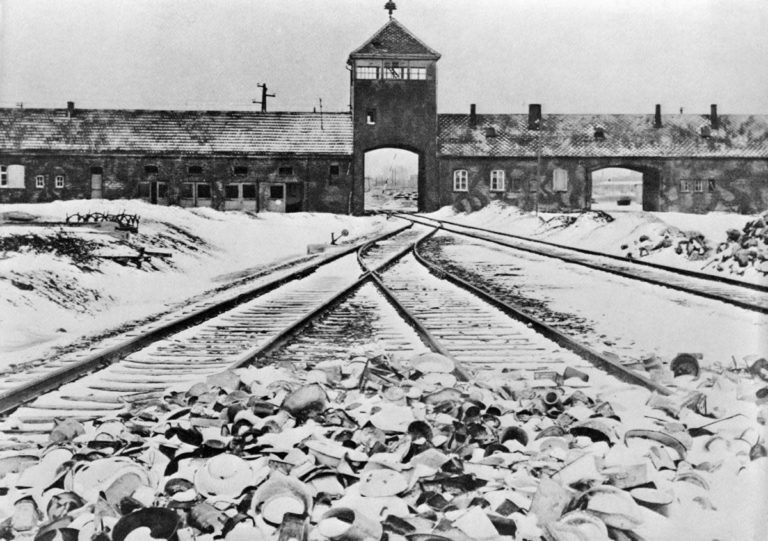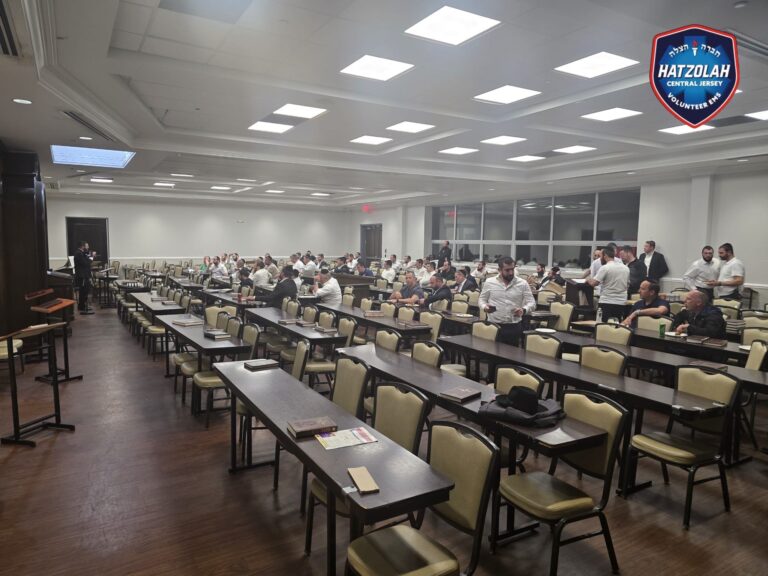New Yorkers pride themselves on the dynamism of their metropolis, where it can feel totally different on the next block, where tourists walking in Chinatown quickly find themselves in Little Italy, where a neighborhood can be a proxy for a lifestyle or worldview.
Figuring out the city’s complexities is tough even for locals — and complaints are pouring in claiming that the two outsiders redrawing New York’s congressional districts have bungled the job by linking and slicing communities they don’t understand.
The retooling of the state’s political district maps was taken over this spring by a rural judge seated about five hours by car from New York City after a court sided with Republicans and ruled Democrats controlling the Legislature had engaged in illegal gerrymandering.
The judge, Patrick McAllister, hired a redistricting expert based in Pittsburgh to quickly come up with new maps. After new proposed congressional districts were unveiled Monday, New Yorkers sent more than 2,000 letters to the court imploring the judge and his out-of-state expert to make changes before the maps are finalized Friday.
Letters have poured in from around the state, but some of the most specific complaints are coming from New York City, where some complained the maps would divide culturally united neighborhoods and dilute the voting power of communities of color.
Among other things, the new maps would sweep the districts of four Black members of Congress into one new district, potentially forcing them to run either against each other or try to get elected in a district in which they do not live.
“It would make Jim Crow blush,” U.S. Rep. Hakeem Jeffries, a Brooklyn Democrat, said of the map Tuesday.
He said it would fracture Brooklyn’s Bedford-Stuyvesant neighborhood, which he represents. The neighborhood is a Black cultural hub once represented by Shirley Chisholm, the first Black woman elected to Congress.
Jeffries chafed at the idea that the new maps for the city were created under the supervision of a court in western New York’s Steuben County, along the Pennsylvania border.
“I don’t know where Steuben County is. Had no idea it existed. Neither do the overwhelming majority of New Yorkers,” Jeffries complained. “It’s in the village of Bath. Closer to Cleveland, Ohio; Pittsburgh, Pennsylvania; and Toronto, Canada.”
Overall, the maps produced by the court’s outside expert, Jonathan Cervas, are more favorable to Republicans and more competitive than previous maps drawn by the state Legislature, including a New York City district centered on Staten Island that would be more favorable to Republicans.
The speedy schedule, with a public comment period on the draft maps ending Wednesday, is an attempt to give candidates enough time to campaign in the new districts for an already-postponed primary election in August.
Cervas, a postdoctoral fellow at Carnegie Mellon University’s Institute for Politics and Strategy, declined to be interviewed or respond to some of the criticisms, but he did send an email saying he pledged to review the emailed commentary being sent to the court and to his own email address, which some New Yorkers had tracked down.
“My team and I will review every single one of them and give them each full consideration and consult with Justice McAllister,” he said.
The correspondence cited multiple sins in drawing the district lines. Some Manhattanites blasted a proposal to merge the Upper East Side and Upper West Side neighborhoods, which are divided by Central Park.
The neighborhoods have long been in separate congressional districts and are currently represented by Democratic Reps. Jerry Nadler and Carolyn Maloney, who have each served in the House for nearly three decades and now may run against each other if the lines are not changed.
The Upper East Side is largely residential and one of the most affluent areas in the city, while the Upper West Side, though also largely residential with extremely affluent areas, is known for cultural and intellectual institutions like Columbia University, the American Museum of Natural History and the Lincoln Center.
“If ever there were two distinct communities of interest, it is the Upper West Side and Upper East Side of Manhattan,” Monica Atiya wrote in a letter to the court requesting the areas be kept separated. “Divided by more than a massive manmade park we are two unique communities with our own story, character and local interests in common.”
A Staten Island man said his borough — the only one now represented by in Congress by a Republican — should not be connected in a district that spans the East River and links it with Brooklyn’s Red Hook and Sunset Park, which is home to many Chinese and Latin American immigrants.
“Those communities have very little in common with ours,” Al Carbonella wrote.
Closer to Brooklyn’s Prospect Park, resident Anand Modi said one proposed district line would bisect the main commercial street in his neighborhood, making it confusing for residents.
“I would walk across the street to talk to a neighbor about upcoming elections and find that there was no point — despite living close enough to be able to have that conversation without stepping off our respective porches, we would have different representatives in Congress,” Modi wrote.
On the other side of the park, a woman invited the court and expert to see for themselves why one local thoroughfare make sense as a dividing line.
“Come take a short walk on St. Marks Place or Flatbush Avenue and you will see and feel what I am describing here,” Julia McEvoy wrote.
In the Bronx, some residents complained the new boundaries could potentially reduce the voting clout of Black communities.
“It seems very deliberate because the new map will strengthen the voting power among wealthy, White suburbanites,” resident Rodney Callahan wrote.
New Yorkers also objected generally to the entire process, roiled by the limited window to submit feedback to the remote court.
One person summed it up with a simple email: “NO!!!!!!!”
The redistricting process was once expected to be conducted by a bipartisan commission, which couldn’t ultimately agree on maps. It later moved to the Democratic-controlled Legislature, which came up with maps that were struck down by a court last month, ruling that they were unconstitutional.
Before the maps were released this week, initial public feedback was limited to written comments submitted to the court and a one-day hearing this month at which people had to travel to Bath, which is about 280 miles away, to comment.
Jeffries noted there’s no airport in the county, Amtrak doesn’t run train service there, and the lone bus route would require someone to leave New York City around 1 a.m. in order to arrive by late morning.
(AP)












One Response
Anything to trim Big Jerry to size. He slimmed his waist now comes his ego!